Kraft paper, pioneered by Carl Dahl in 1879, stands as a testament to innovation in the paper industry. Utilizing the kraft process, which involves the chemical pulping of wood fibers, this unique paper variant emerged, revolutionizing the packaging landscape.

Unveiling the Meaning Behind “Kraft”
The term “kraft” finds its roots in a German phrase signifying “power,” a fitting descriptor for the robust qualities inherent in this paper variety. CrownPackages acknowledges the significance of this term, reflecting the strength and resilience of the paper crafted through this intricate process. Kraft paper is renowned for its distinct attributes, characterized by a coarse texture, earthy brown color, and unparalleled tensile strength. These features collectively contribute to its widespread appeal and diverse applications across industries.
In packaging, CrownPackages recognizes the indispensable role played by kraft paper. From crafting corrugated boxes to various industrial packaging needs, the robust composition of kraft paper lends itself seamlessly to a multitude of applications, ensuring product integrity and security.
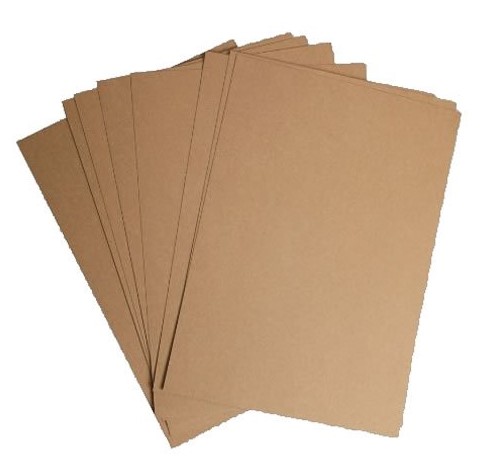
Beyond its industrial utility, kraft paper has garnered acclaim in the realm of arts and crafts, owing to its sustainable nature. As an environmentally friendly material, it has become a preferred choice for artists and creators seeking eco-conscious alternatives for their projects.
Manufacturing Process of Kraft Paper
Kraft paper, a staple in the packaging industry, owes its existence to a meticulous manufacturing process known as the kraft technique. CrownPackages delves into the intricacies of this process, shedding light on the journey from raw materials to the finished product.
Raw Material Collection
At the heart of kraft paper production lies the careful selection of raw materials. Typically crafted from softwood fibers such as pine or spruce, CrownPackages prioritizes sustainable sourcing practices to ensure the eco-consciousness of our products. The kraft technique involves treating these wood chips with a specialized chemical mixture, comprising sodium hydroxide and sodium sulfide, to initiate the breakdown of lignin and release the coveted cellulose fibers.
Wood Preparation From Logs to Chips
The manufacturing journey commences with the meticulous preparation of wooden logs for pulping. Softwood varieties like pine are preferred for their favorable pulp characteristics. Through a process of debarking, the outer layer of the logs is stripped away, leaving behind pristine wood ready for transformation. Subsequently, the wood undergoes chipping, breaking down into smaller, manageable pieces that form the foundation of the pulping process.
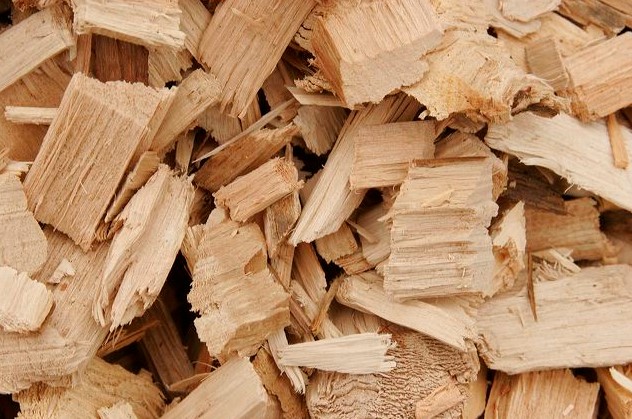
Pulping
Central to the kraft paper production process is the pulping stage, where the prepared wood chips are subjected to the transformative forces of the kraft technique. CrownPackages employs a meticulous approach, combining the wood chips with a potent mixture known as white liquor. Comprising sodium hydroxide (NaOH) and sodium sulfide (Na2S), this solution acts as a catalyst, facilitating the breakdown of lignin and the liberation of cellulose fibers. Under carefully controlled conditions, the mixture is heated, initiating the pulping process and setting the stage for the next stages of production.
Bleaching (Optional)
Depending on the desired aesthetic and end product specifications, the resultant pulp may undergo an optional bleaching process. This step aims to further refine the pulp, eliminating any residual lignin and achieving the desired coloration. While brown kraft paper often foregoes this bleaching step, CrownPackages remains committed to providing customizable solutions tailored to our clients’ unique requirements.
Washing and Screening for Purification and Refinement
Following the pulping and potentially bleaching processes, the pulp undergoes thorough washing to remove impurities and residual chemicals. CrownPackages prioritizes quality assurance at every step, ensuring that our kraft paper products meet the highest standards of purity and performance. Additionally, the pulp may pass through screening mechanisms, facilitating the separation of fibers from other materials and further refining the pulp’s composition.
Advantages of Kraft Paper in Packaging
Kraft paper stands as a testament to sustainability, strength, and versatility in the realm of packaging solutions. CrownPackages takes a closer look at the myriad advantages offered by this eco-conscious material, from its environmental friendliness to its customizable properties.
Environmentally Friendly
Renowned for its eco-friendly composition, kraft paper emerges as a frontrunner in sustainable packaging solutions. Produced from wood pulp using the Kraft process, this paper variant boasts biodegradability and recyclability, aligning seamlessly with environmentally conscious practices. CrownPackages recognizes the importance of eco-conscious packaging and proudly champions the use of kraft paper as a sustainable choice for businesses and consumers alike.
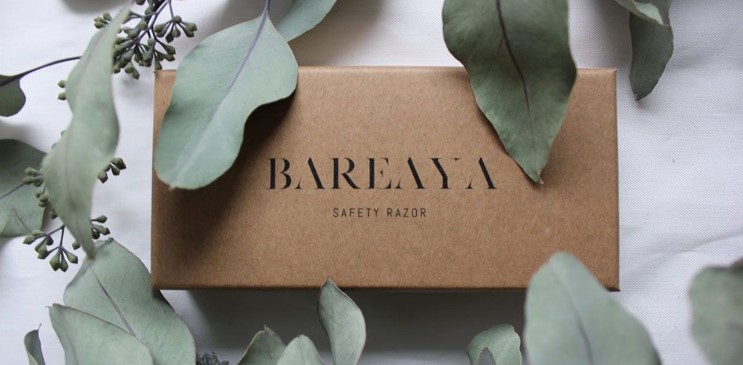
Fortifying Packaging Solutions
One of the hallmark benefits of kraft paper lies in its inherent strength and durability. CrownPackages harnesses the robust qualities of kraft paper to deliver packaging solutions that can withstand rigorous handling and protect goods with unwavering reliability. From heavy loads to potential tearing, kraft paper offers a steadfast shield, ensuring the integrity of packaged items remains uncompromised.
Tailoring Packaging to Unique Needs
The unparalleled versatility of kraft paper makes it a preferred choice for packaging materials across diverse industries. CrownPackages leverages this flexibility to create packaging solutions that can be effortlessly molded, folded, or cut to accommodate varying sizes and shapes. This adaptability paves the way for innovative packaging designs while upholding the integrity of the contents within.
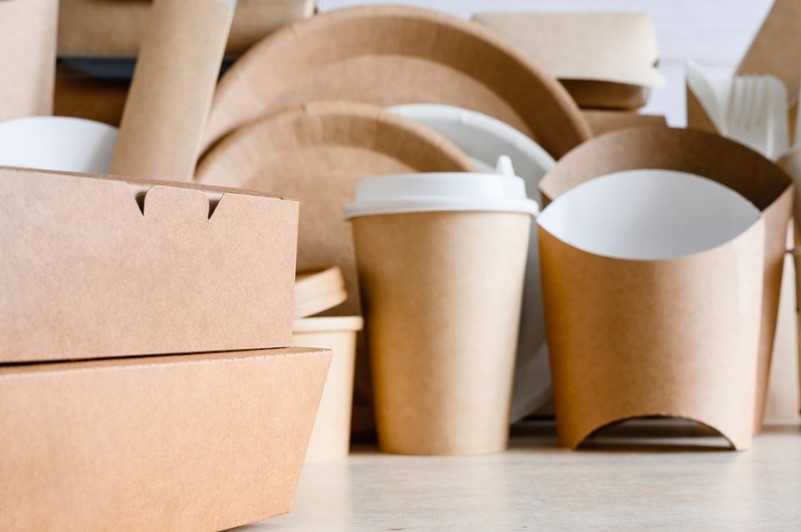
Balancing Quality with Affordability
In a landscape where budget considerations play a pivotal role, kraftpaper emerges as a cost-effective solution without compromising on quality. CrownPackages recognizes the importance of delivering high-quality packaging while remaining mindful of budget constraints. With its affordability, flexibility, and durability, kraftpaper presents an economical choice for businesses seeking to optimize their packaging strategies.
Printability and Customization
Kraftpaper serves as a blank canvas for branding and customization, offering ample opportunities to enhance brand visibility through packaging. CrownPackages empowers businesses to imprint logos, images, and pertinent information onto kraftpaper, transforming each package into a personalized representation of the brand. This customization not only reinforces brand identity but also elevates the unboxing experience for consumers.
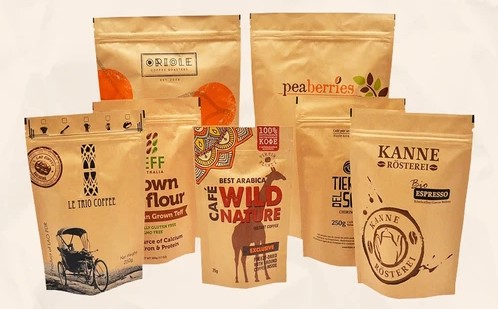
Breathability and Moisture Resistance
Beyond its structural attributes, this paper boasts natural breathability, a feature that proves advantageous in various applications. CrownPackages recognizes the importance of preserving product integrity and offers kraftpaper solutions that allow moisture to escape, preventing the buildup of condensation that could compromise goods. Additionally, select varieties of kraftpaper come equipped with enhanced moisture resistance, providing an added layer of protection for sensitive items.
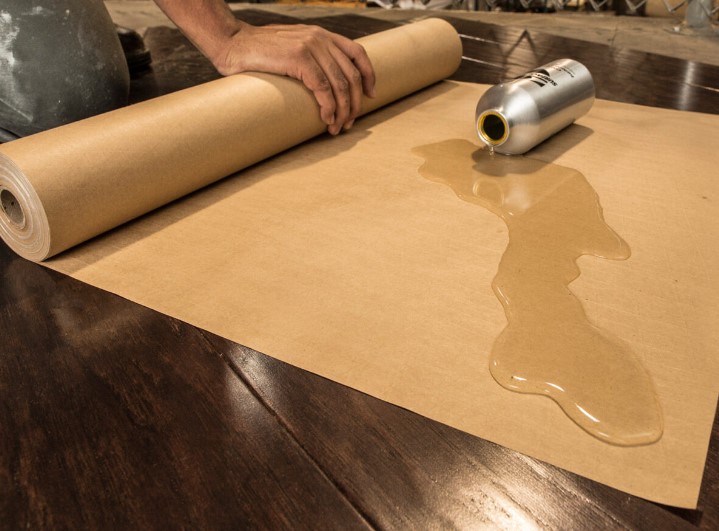
Conclusion
From its origins in the kraft process to its widespread applications in packaging, CrownPackages acknowledges the significance of this material. With its coarse texture, earthy brown color, and unmatched strength, kraftpaper stands as a testament to resilience and durability.
Through meticulous manufacturing processes prioritizing sustainability, CrownPackages produces kraftpaper of uncompromising quality. This eco-conscious material offers numerous advantages, including durability, versatility, and affordability. With printability and customization options, businesses can create personalized packaging solutions that enhance brand visibility. CrownPackages remains committed to championing kraft paper as a sustainable, robust, and versatile packaging solution for businesses seeking to optimize their packaging strategies while upholding environmental responsibility.
